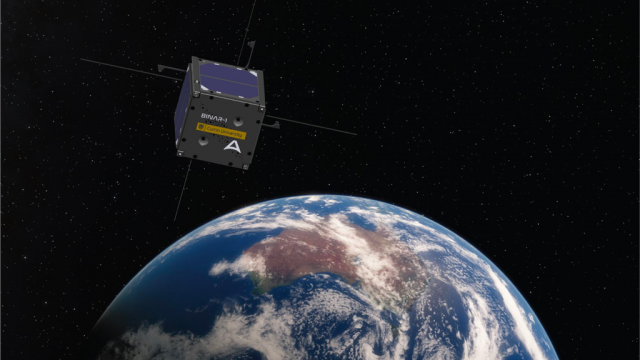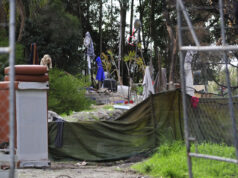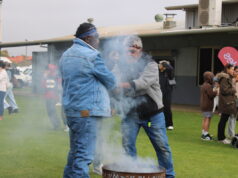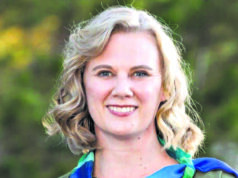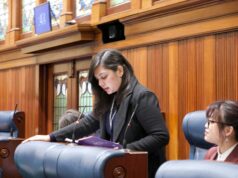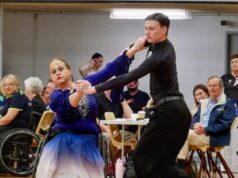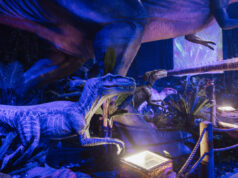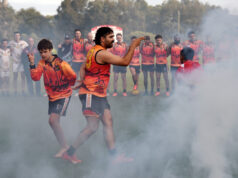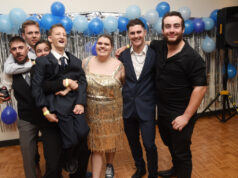The countdown has begun for the launch of WA’s first spacecraft this Saturday.
The Binar-1 CubeSat was designed and built by staff and students at Curtin University’s Space, Science and Technology Centre (SSTC).
The miniature satellite will take off from Florida on a SpaceX rocket, before deploying from the International Space Station, and will be followed by six more launches planned over the next eighteen months.
The official count down to launch began on Monday, with Premier Mark McGowan and Minister for Science Roger Cook joining Curtin students and staff to celebrate the achievement.
John Curtin Distinguished Professor Phil Bland said the Binar Space Program was a game-changer for Australia’s journey into space.
“For context, in its history, our nation has only flown 15 Australian-built spacecraft. Our novel design allows us to make spacecraft affordable, and space accessible for WA innovators,” he said.
The SSTC has partnered with remote operations experts Fugro and industry-led consortium AROSE (Australian Remote Operations for Space and Earth) to lead the ground-breaking program.
Professor Bland said Binar cubesats will be used to test protocols on spacecraft in orbit.
“We will be able to control and command our missions from Perth through Fugro’s Australian Space Automation, Artificial Intelligence and Robotics Control Complex,” he said.
Project coordinator Ben Hartig says students working on the project originally planned for a bigger satellite with outsourced parts, but were forced to re-evaluate when they realised their initial plans would cost them more than a quarter of a million dollars.
“We just kept trying to make things smaller and thinking about the single board inside a mobile phone and having that as our motive, because if we can have a powerful thing like a mobile phone as a commodity electronic, why can’t we have that in a satellite as well.
Despite the miniature size of the Binar satellite, Mr Hartig said the computing is powerful and will make space innovation more accessible in WA.
“Small doesn’t mean less capable. When you think about it, the mobile phone is hundreds of times more powerful than the Apollo era computers,” he said.
The Curtin team has also developed a school outreach program to inspire students to generate the space workforce in WA.
Mr Hartig said the initiative aims to give high school students the opportunity launch their own projects into space.
“That’s my favourite part of this whole thing, that we get to inspire younger people. I have two young kids so it’s close to my heart that we have plenty of opportunities for future generations to work on amazing technology projects in Australia.
“Space is not some American or European or Russian or Chinese domain, it’s straight up above us.
“We really need to have a voice about how space is used. Keeping our modern world ticking is nearly impossible without space or the GSP and communications systems.”


